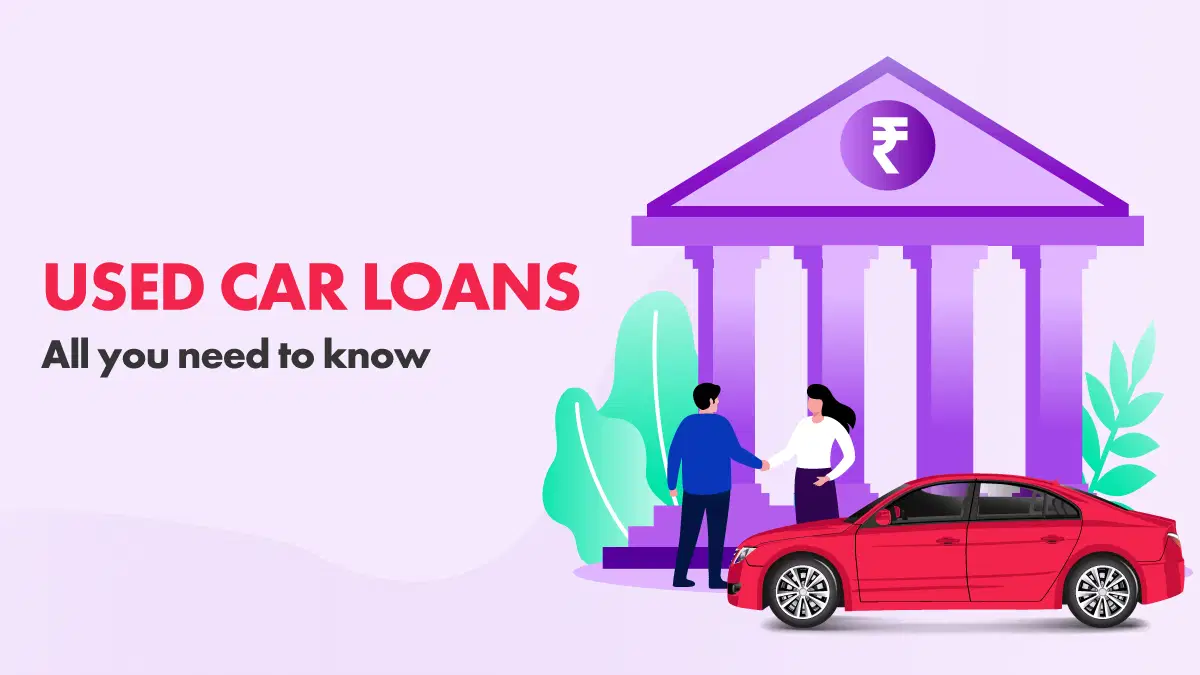Credit card debt can feel like an invisible weight, silently growing each month. While making minimum payments may seem manageable, the actual interest cost can be staggering. Many cardholders don’t realize how compounding interest works or how much their debt costs them over time. This guide helps you understand the actual price of carrying a balance and how a credit card debt calculator can be a game-changer in managing your finances.
The Hidden Cost of Minimum Payments
Paying only the minimum due on your credit card might feel safe, but it keeps you in debt longer. Credit card companies typically set minimum payments at around 2% to 3% of your balance, ensuring that a large portion of your payment goes toward interest rather than the principal.
For example, if you owe $5,000 on a card with a 20% interest rate and make only minimum payments, it could take over 20 years to clear the balance—while paying thousands in interest. This cycle benefits lenders, not consumers, making understanding how your payments are allocated is crucial.
How Interest Accumulates Faster Than You Think
Credit card interest compounds daily, meaning your balance grows gradually, even if you haven’t used your card. Unlike loans with fixed interest, credit cards calculate interest based on your average daily balance.
Consider this: A $3,000 balance at 18% APR accrues about $45 monthly interest if unpaid. But if you make a partial payment, say $1,000, the remaining balance still accrues interest, keeping you in a loop of never-ending payments. Understanding how interest works is key to making smarter repayment choices.
Why a Debt Calculator is a Must-Have Tool
Many people underestimate how much interest they’ll pay over time. This is where a debt calculator becomes invaluable. By inputting your balance, interest rate, and payment amount, you get a clear picture of how long it will take to pay off your debt and how much interest you’ll pay along the way.
Tools like Intuit help you experiment with different payment strategies. For example, you can see how increasing your monthly payment by just $50 or $100 can shave years off your repayment time and save you hundreds or even thousands in interest.
Strategies to Reduce Your Credit Card Interest
There are several ways to cut down your credit card interest and take control of your finances:
- Pay More Than the Minimum – Even an extra $20 per month can significantly reduce interest accumulation.
- Consider a Balance Transfer – Transferring high-interest debt to a 0% APR card can help you pay off your balance faster without interest for a limited time.
- Prioritize High-Interest Debt First – The snowball or avalanche method can help you strategically eliminate debt based on interest rates or balances.
Breaking Free from the Debt Trap
Debt doesn’t have to control your life, and small changes can lead to significant financial wins. The key is to stay consistent, track your progress, and make informed decisions based on real numbers.
If credit card debt feels overwhelming, start by assessing where you stand. Use a credit card debt calculator to see your repayment timeline and make a plan that fits your budget. The sooner you take control, the less you’ll pay in the long run. Understanding how much you pay for credit card interest can be eye-opening but empowering. With the right tools and strategies, you can break free from debt and save thousands of dollars. Whether it’s increasing your payments, using a calculator to plan more innovative, or taking advantage of lower-interest options, small steps lead to significant results.





